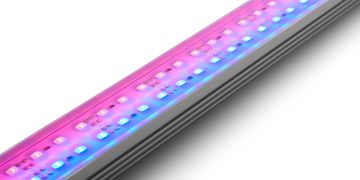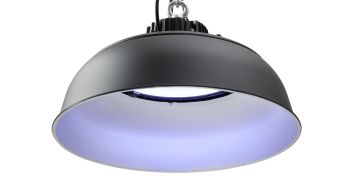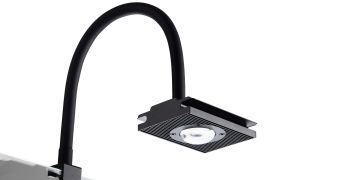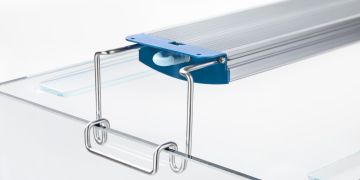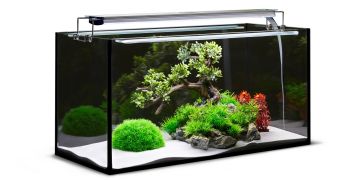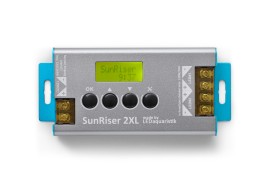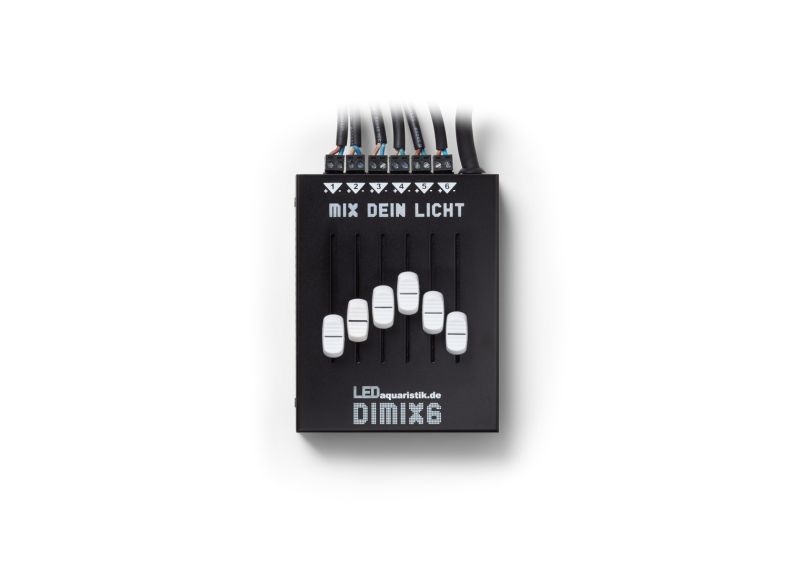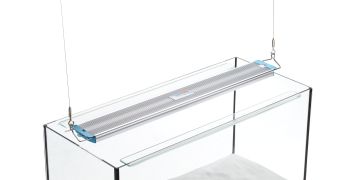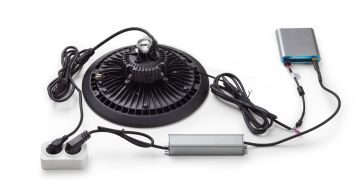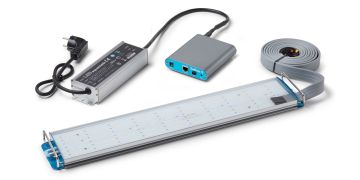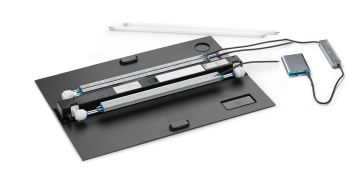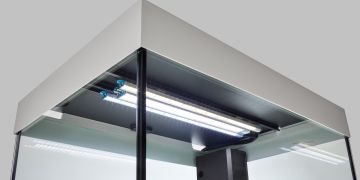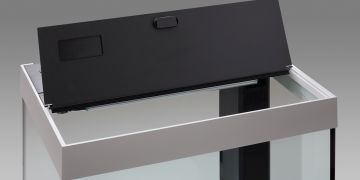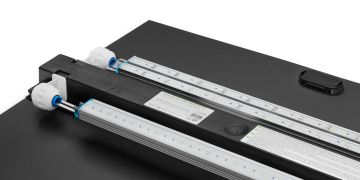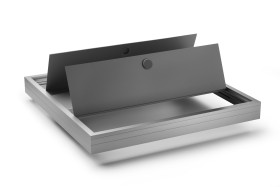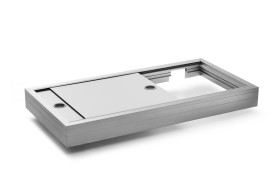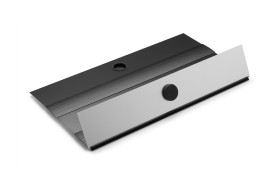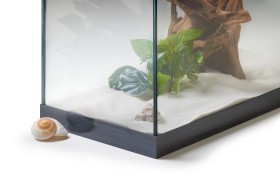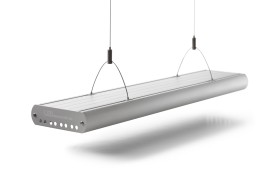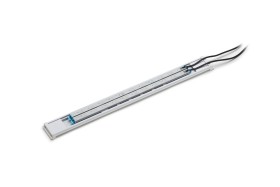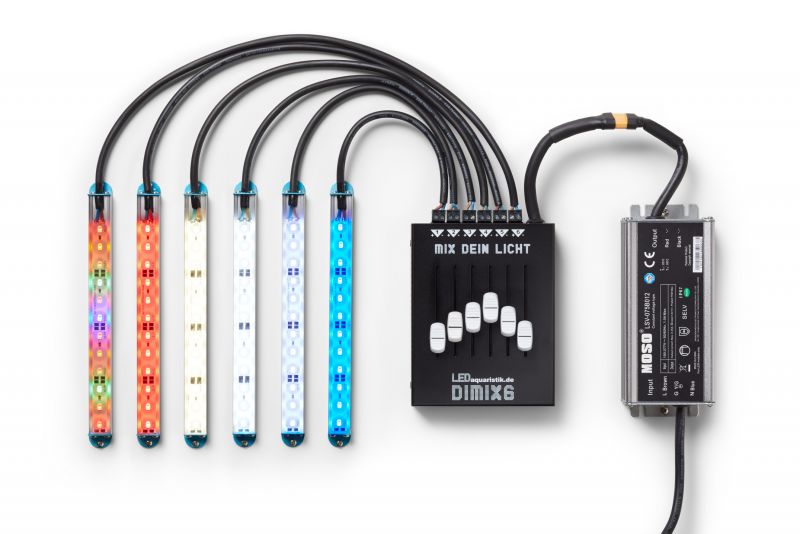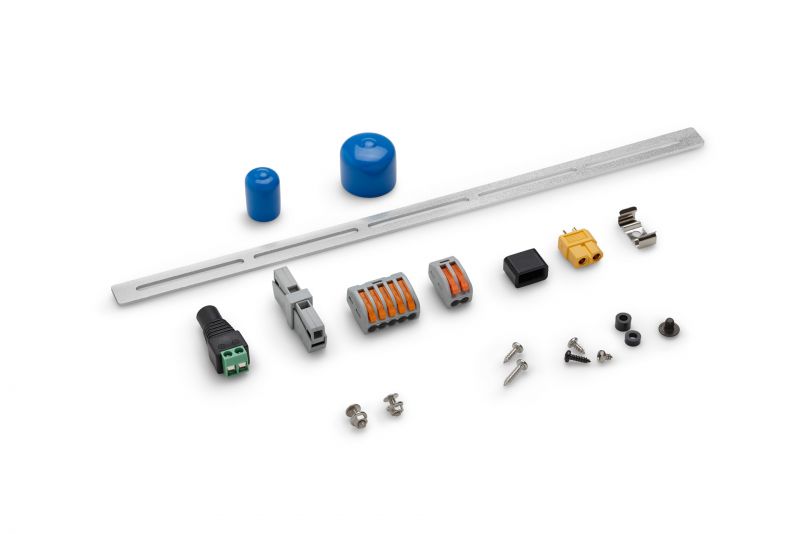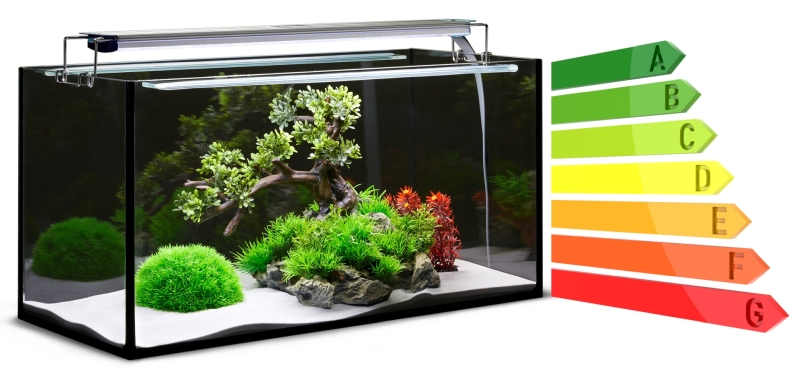Why is the measured power consumption of my system lower than the values stated in the datasheet?
The power consumption value provided in the datasheet refers to a practical value for a ready-to-operate lighting system that contains only the essential components – in this case, an LED bar and a switching power supply.
In our technical specifications, we provide the gross value measured on the 230 V side, as this is relevant to the customer when it comes to the power consumption of the lighting.
For example: For an 80 cm eco+ LED bar combined with a 100W 12VDC switching power supply, the following was observed:
- Directly at the 12V output of the switching power supply, the power consumption of the LED strip is 23 W (net power).
- On the 230V side of the switching power supply, a power consumption of 28 W is measured (gross value). This results in a loss of about 5 W in the switching power supply, which consists of 0.6 W no-load losses (also known as iron losses) and 4.4 W load-dependent losses (also known as copper losses).
When several LED bars are combined in a lighting system and powered by a common switching power supply, the total gross power consumption of the system is typically slightly lower than the sum of the individual power values.
It is important to emphasize that these differences in power consumption have no impact on the light output (measured in lux, lumens, PAR, etc.). The light output data are always based on measurements at 100% power of the lighting unit.


